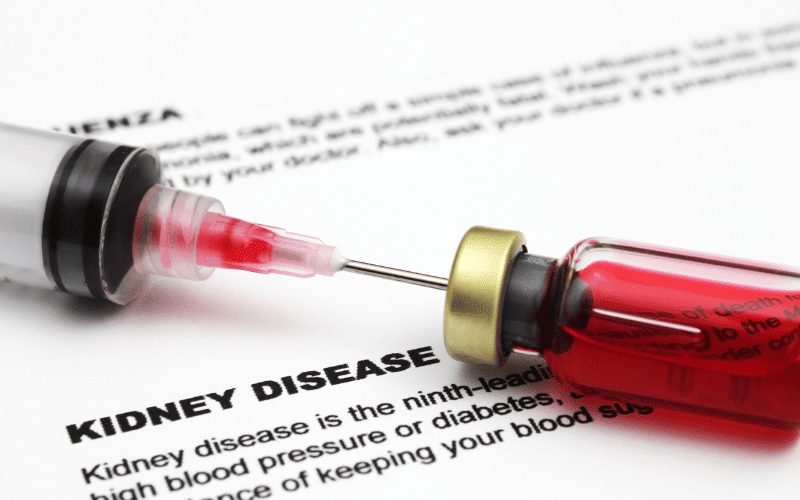Cause 5. Kidney Disease and Dialysis-Related Amyloidosis: The Burden of Kidney Failure on the Body’s Protein Balance

Kidney disease is an under-recognized cause of significant morbidity and mortality worldwide. The kidneys are responsible for filtering waste products and excess water from the blood, maintaining a delicate balance of salts and minerals, and keeping our bodies functioning optimally. However, when the kidneys are not working properly, the disruption of this crucial balancing act can have wide-ranging consequences, including the development of a specific form of amyloidosis known as dialysis-related amyloidosis.
Dialysis is a life-saving treatment for those with end-stage renal disease, but it comes with its own set of complications, one of which is dialysis-related amyloidosis. This condition primarily affects patients on long-term dialysis, particularly those who have been on dialysis for more than ten years. The process of dialysis is not as effective as healthy kidneys in removing the large proteins circulating in the blood. One such protein is beta-2 microglobulin, which can build up to high levels in patients undergoing long-term dialysis.
In patients with prolonged kidney failure and extended periods on dialysis, beta-2 microglobulin can accumulate in the blood and tissues. Similar to other proteins involved in different types of amyloidosis, beta-2 microglobulin can misfold and form amyloid fibrils, which then deposit in various organs and tissues, causing dialysis-related amyloidosis. This condition commonly affects the bones, joints, and tendons, often leading to carpal tunnel syndrome, joint pain, and bone cysts.(5)